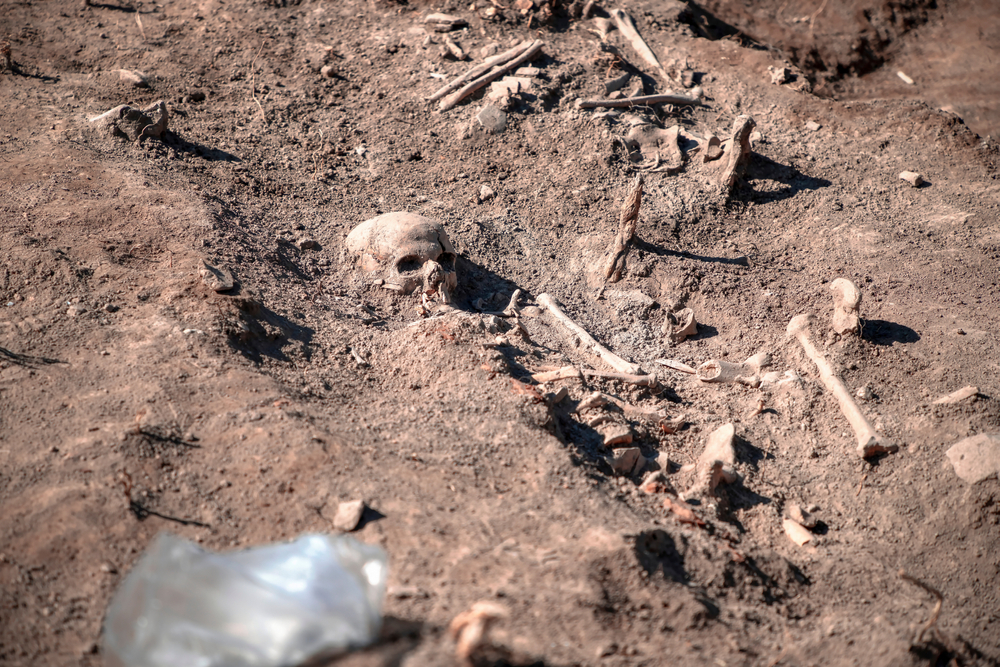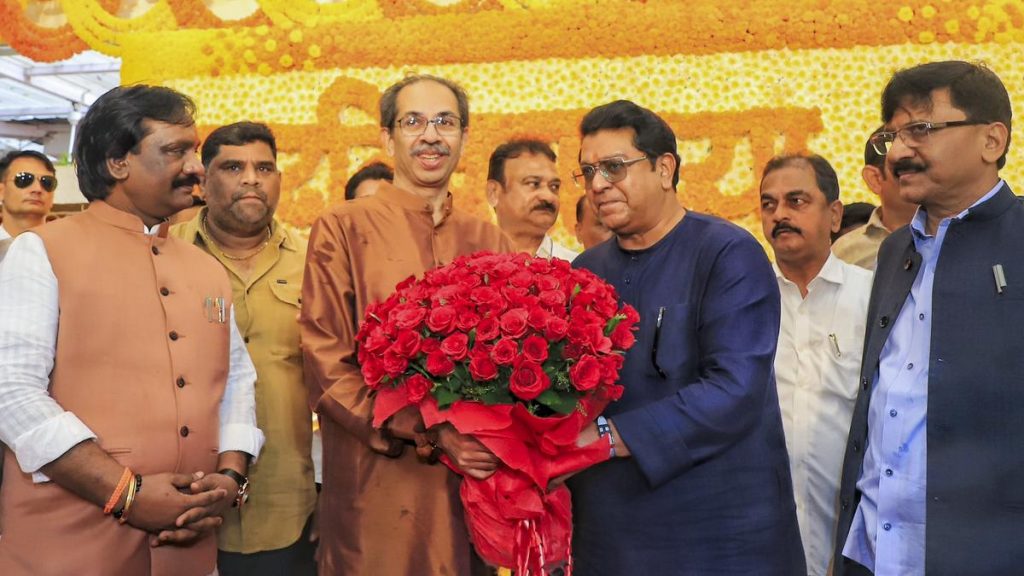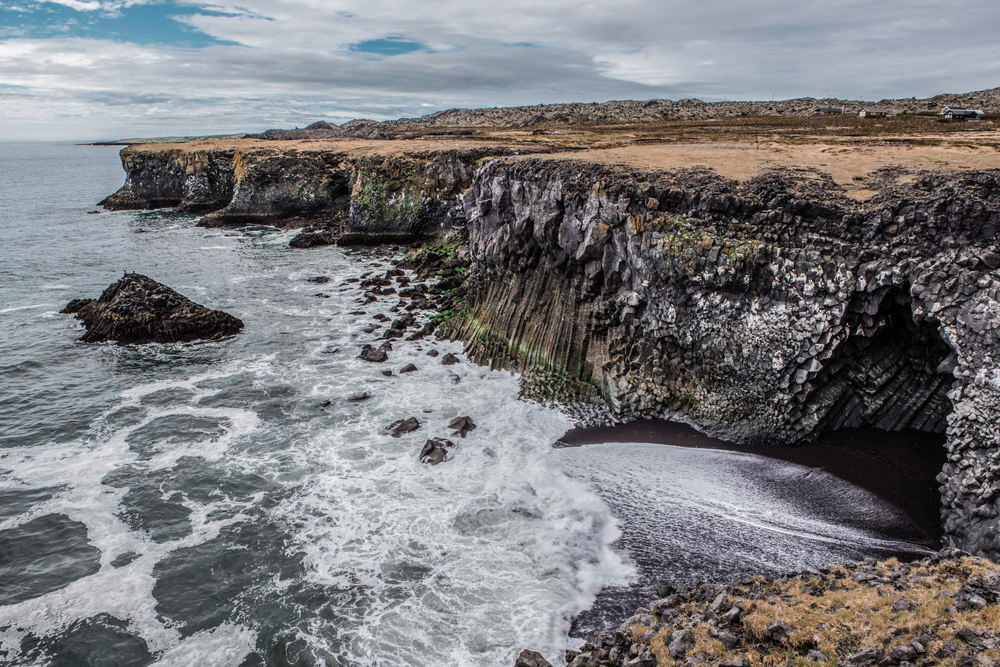Now Reading: Over 300 Historical Skeletons Unearthed in UK Excavation
-
01
Over 300 Historical Skeletons Unearthed in UK Excavation
Over 300 Historical Skeletons Unearthed in UK Excavation

Speedy Summary
- Excavation Site: Archaeological work at the site of an old English department store, now being transformed into a Gloucestershire University facility, revealed artifacts spanning Roman, medieval, and post-medieval eras.
- Skeletons Unearthed: Over 300 skeletons were discovered – half from burial vaults connected to a medieval church predating the Norman conquest of 1066 and demolished after the English Civil War. the rest are likely tied to St. Aldate’s Church (built c.1750).
- Roman-Era Findings: Artifacts include cobblestones (possibly from a 2nd-century road), pottery, and townhouse footings.
- Medieval Church Evidence: No detailed footprint found during excavation; however, remnants like limestone walls and worked stone objects suggest its presence.
- Ancient Context: Some original medieval church stones were reportedly repurposed for other area churches damaged in the Civil War.
- Campus Integration: Historic artifacts retained on-site will be accessible for public recognition at the future university facilities.
Indian Opinion Analysis
This excavation represents an important reminder of how infrastructure projects can uncover hidden layers of history,offering valuable insights into societal evolution over centuries. For India-a nation with abundant archaeological sites across different eras-such preservation efforts underline the balance between modern development and historical conservation.
The revelation showcases how England’s reconstruction practices after historic upheavals reused materials pragmatically while retaining cultural continuity-an approach India might study in contexts like temple restorations or urban heritage integration.
Moreover, displaying unearthed objects within educational spaces is a commendable step towards bridging academia and public engagement with history-a practice that could inspire Indian universities to find innovative ways of contextualizing local heritage for students’ benefit.
Efforts similar to this can advance awareness around historical legacy while supporting interdisciplinary research that ties archaeology with urban growth planning.

























